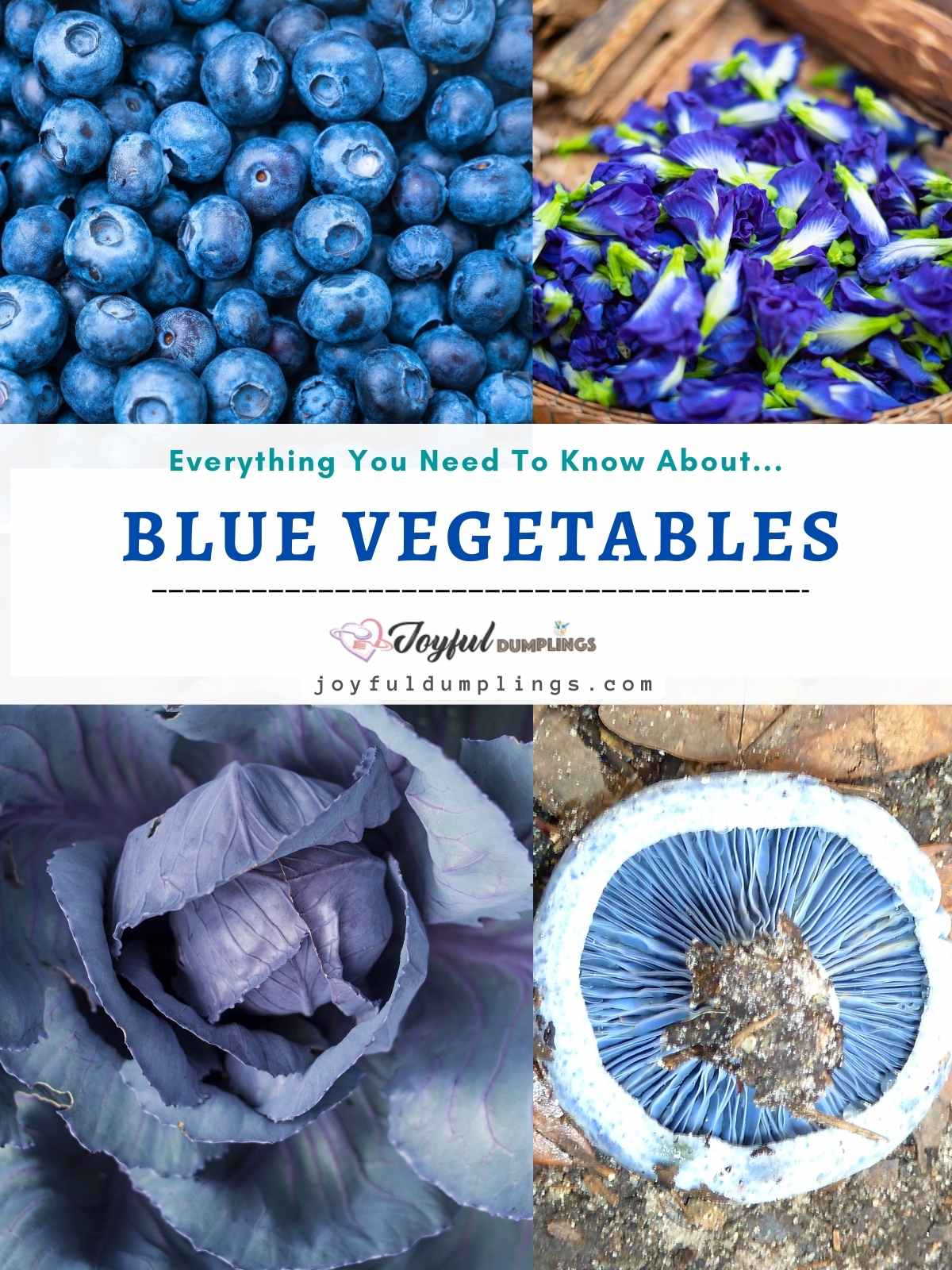
10 Blue Vegetables Add Blue Color To Your Diet » Joyful Dumplings
Blue fruits from all around the world stand to be rich sources of vitamins and minerals and often contain a high level of antioxidants which naturally contain polyphenols that provide exceptional health benefits. So, why do we not associate fruit with being blue?
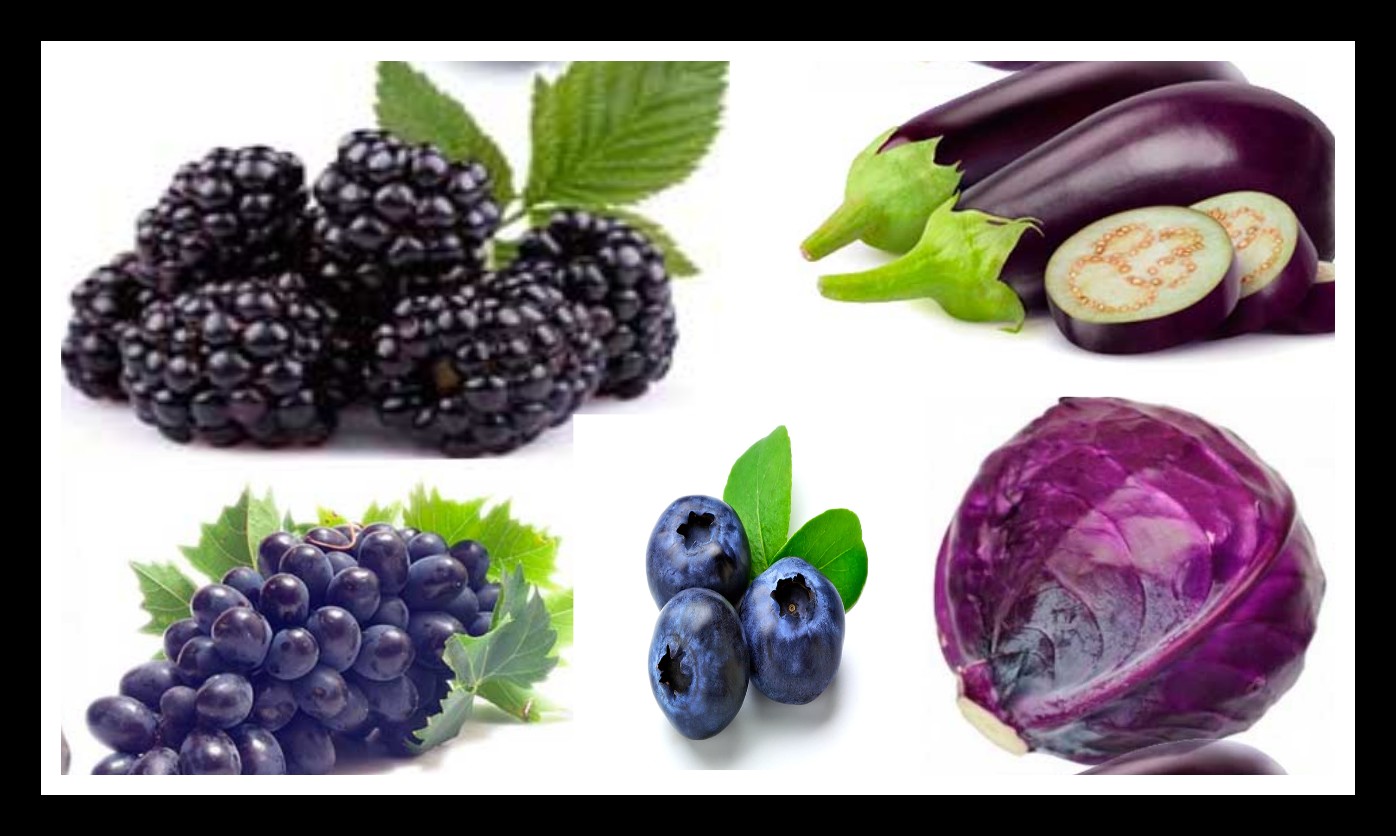
Benefits of blue foods
The list of blue-purple vegetables on the website of Rush University Medical Center includes purple asparagus, purple peppers and purple endive 6. You can also find purple carrots, purple cauliflower and purple potatoes. In laboratory studies, anthocyanins from purple sweet potatoes stopped the growth of colorectal cancer cells, according to a.

80 Foods That Are Blue (Naturally Blue Food) Raepublic
Blue fruits are widely recognized as nutritionally healthy foods for their antioxidant benefits. The rich blue color hints to their high anthocyanin content, which are a group of plant compounds called polyphenols that produce the blue color (the same goes for purple veggies and blue veggies !).

blue + green fruits / vegetables a photo on Flickriver
Blue fruits and vegetables are a key color for eating a nutritious diet. They are all generally high in antioxidants known as anthocyanins, which according to the Cleveland Clinic serve to lower blood pressure, reduce inflammation, help prevent heart disease, slow cancer growth, and aid in brain function.
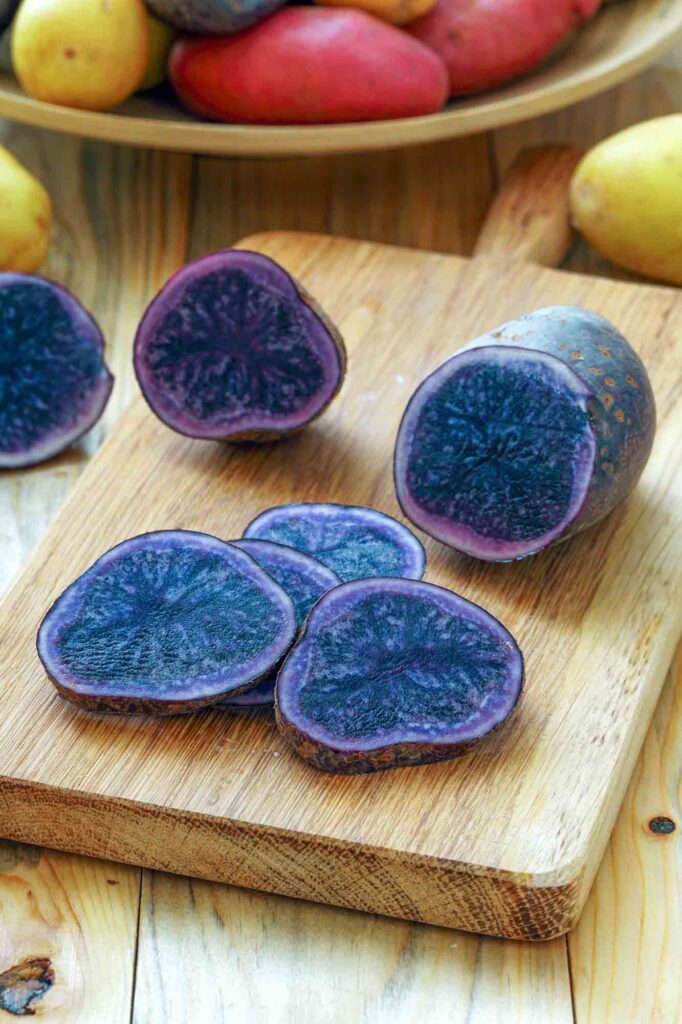
5 Healthy Blue Vegetables to Put On Your Table (2022) • Colors Explained
Blue fruits and vegetables are also often rich in vitamins, minerals, and fiber, promoting good digestion and supporting a healthy immune system. Furthermore, they offer unique phytochemicals, like anthocyanins, which have been linked to potential benefits such as improved cognitive function and reduced risk of chronic diseases like heart.

Blue and purple food. Berries, fruits and vegetables on a black background. RALPH SMART
1. Blueberries Blueberries are tasty and packed with nutrients. They're low in calories, high in fiber, and loaded with essential micronutrients, such as manganese and vitamins C and K ( 3 ).

Blue Fruits And Vegetables Taka Vegetable
The best way to get all of the vitamins, minerals and nutrients you need is to eat a variety of colorful fruits and veggies. Add color to your plate each day with the five main color groups. Red & Pink beets cherries cranberries pink grapefruit pomegranates radicchio red radishes red apples red grapes red peppers red potatoes rhubarbs strawberries

5 Healthy Blue Vegetables to Put On Your Table (2022) • Colors Explained
1. Blueberries Blueberries are probably the most well-known blue fruits. Most people have tried them, and those who haven't still know what they are. They're small, round berries with skins ranging from blue to nearly black. They have a sweet taste with just a hint of tart tanginess now and then.
.jpg)
Top 8 Blue Fruits and Vegetables & Their Health Benefits
Furthermore, blue potatoes have more vitamin C than white or yellow potatoes. Bilberries. Bilberries are little, dark blue fruits that look like blueberries. These berries are commonly used in pies and preserves, but they could be consumed raw. Bilberries are high in vitamins A and C, anthocyanins, manganese, and fiber.

Benefits of Blue (fruits and veggies that is!) MIND BODY VISION
1. Blueberries A fruity classic: Blueberries are a great source of fiber and are jam-packed with Vitamin C! They're considered a superfood. Blueberry range in color from light-blue to almost black. Most varieties have waxy "blooms" that make them appear lighter. Blueberries are low in low calories, and high in nutrients.
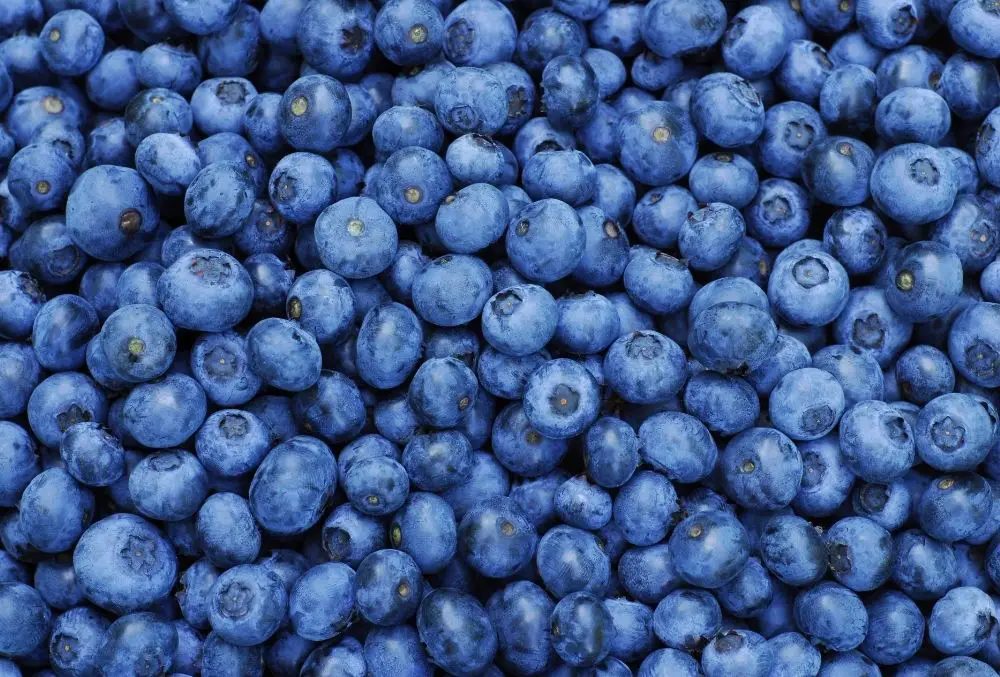
Blue Fruits 17 Different Fruits (Including Photos)
3. Orange/Yellow. Sweet Potatoes. Orange and yellow fruits and vegetables get their color from the antioxidants alpha- and beta-carotene. Nutritional profile: One medium baked sweet potato provides all the vitamin A you need daily. It also provides significant amounts of vitamin C, B vitamins, calcium, iron, and potassium.

Blue Vegetables Healthier Steps
21 Blue Fruits: Fruits And Vegetables by John Myers August 21, 2022, 3:36 pm updated September 1, 2022, 6:46 am Contents show Colorful is trumps - if you want to eat a healthy and balanced diet, different colored fruit and vegetables should be on your menu. In our list, you will find delicious blue fruits and vegetables.

500pcs blue strawberry rare fruit vegetable seeds bonsai edible garden climbing plant at
1. Blueberries These little blue powerhouses aren't just delicious — they're low-calorie, full of fiber, and packed with anthocyanins that will help protect your body against free radicals. Blueberries are also rich with micronutrients like manganese and vitamins C and K.

Eat the Rainbow Why Color Variety Matters With Fruits & Vegetables
Blue fruits & vegetables are the storehouses of powerful health-related phytochemicals. They contain, more or less, plenty of polyphenol compounds, including flavonoids, flavonols, procyanidins, phenolic acids, stilbenes, etc. But how exactly do these phytochemicals aid your immunity? We'll get to know that one by one.

Purple and Blue Fruits and Vegetables Stock Photo, Royalty Free Image 883400 Alamy
Blue fruits and vegetables are essential for your memory and promote healthy aging. This food also regulates healthy digestion and protects the urinary tract. Here is the list of blue fruits and vegetables. 16 Blue fruits and vegetables Blueberries Blackberries Elderberry Concord grapes Blue currants Damson plums Blue tomatoes Common bilberries
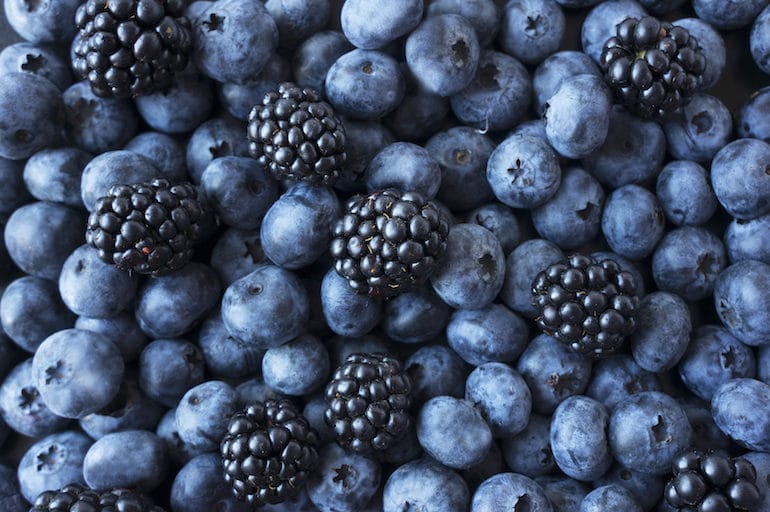
Here's Why You Should Eat the Rainbow HUM Nutrition Blog
It can be cooked with butter, onion, green apples, bay leaves, cloves, peppercorns, red wine, and more. Try making Air Fryer Cabbage! Blue carrots and potatoes. 3. Blue Carrots. These vegetables are abundant in anthocyanins and beta carotene, which have been shown to boost memory and vision.